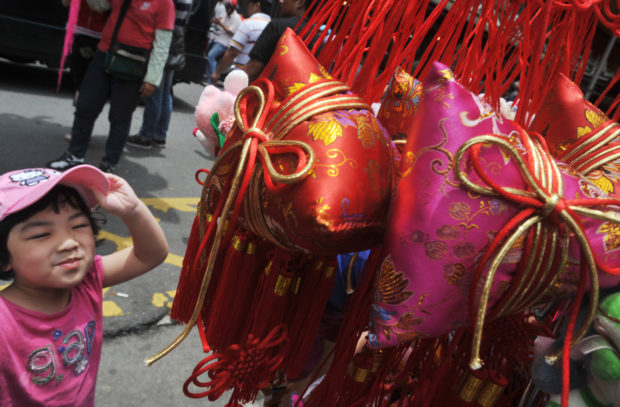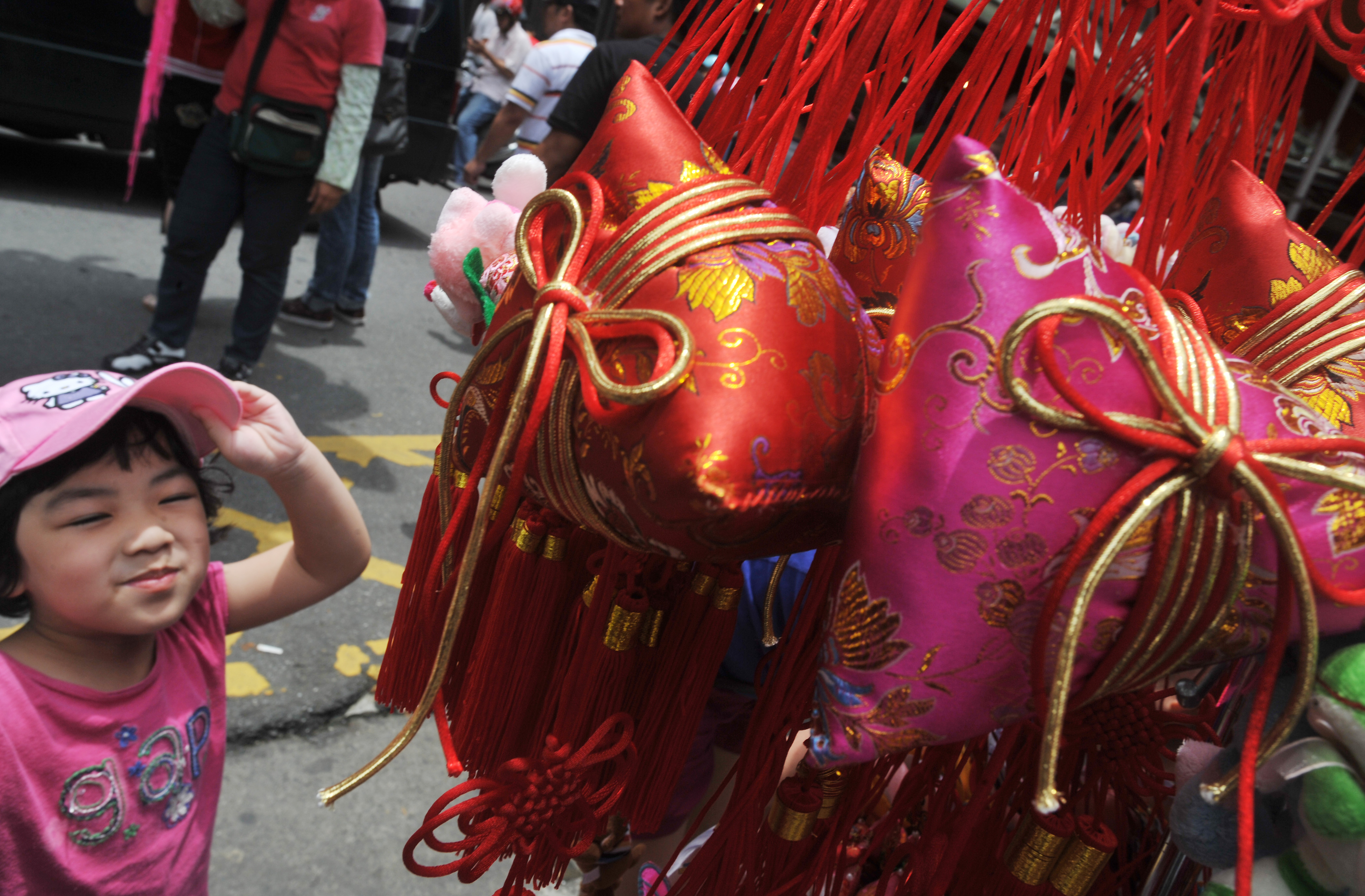
BEIJING — Traditional and fusion cooking styles, regional and international ingredients and a new awareness of healthy eating are all factors contributing to an exciting time for Chinese cuisine.
Every Chinese child knows the story of Qu Yuan, the folk hero who threw himself into a raging river when his country was vanquished three centuries before Christ was born. And every Chinese child would have listened wide-eyed to this patriotic tale while munching away on a zongzi, the glutinous rice dumpling.
These rice cakes, swaddled in reed or bamboo leaves, are supposed to commemorate his death, but were actually eaten long before that. Like many foods for festivities, they started off as sacrificial items.
As generations pass, the tale has begun to become more remote, but the dumplings have stayed on, just as the festival itself has now evolved and been named after the dragon boats themselves.
Its proper name is Duanwu, the midsummer festival, and it has been a tradition long before Qu Yuan and his tragic story, which only added to the romance of the origins.
Chinese all over the world eat zongzi at this time, although the dumplings have become everyday fare in certain communities.
Large zongzi full of savory glutinous rice and mung beans are eaten for breakfast in Guangdong province and Hong Kong, perfect as tummy fillers for those who need a carbohydrate hit to start the day.
The attraction is a little square of pure fat rolled in fragrant five-spice powder tucked deep inside the saltwater dumpling, xianshuizongzi. The cube of lard moisturises the rice and beans and is almost melted in the long cooking process.
This zongzi is often eaten drenched in sweet hoisin sauce or spicy red chili oil.
An even larger cousin is the guozhengzong, the famous Cantonese steamed dumpling that is pillow-shaped and a full meal for a grown man. The ones from Zhaoqing are especially famous, with each weighing in half a kilo.
Again, savory glutinous rice forms the base, with alternating layers of mung beans. It is then stuffed with a salted egg yolk, heavily seasoned slices of belly pork and lean pork, and wrapped up in a fragrant lotus leaf and steamed for hours.
Another very popular dumpling is the chaomizong, made with rice that is stir-fried with garlic and soy sauces to give it a darker color. This little pyramid is wrapped in a couple of bamboo leaves and often has dried Chinese mushrooms, chestnuts and fatty pork as filling.
They are close relatives of the Fujianese bakchang, or rou zongzi, and the fillings are similar.
In my grandmother’s Fujianese household, the making of zongzi every year before Duanwu was a major undertaking.
Bundles of dried bamboo leaves had to be washed and individually scrubbed clean, then wiped dry.
Sacks of glutinous rice had to be carefully picked through and then soaked. Mung beans, too, had to be soaked and their skins laboriously removed.
Dried Chinese mushrooms would have their stems clipped off and then be rehydrated until they were nice and plump again. Similarly, dried chestnuts were soaked, and then the skin that was caught in the wrinkled folds of their flesh was carefully tweezered off.
Dozens of salted duck eggs had to be cracked, and their yolks removed. My grandmother insisted on using whole yolks for each of her dumplings, so we used up a lot of duck eggs.
Then, the special orders of pork would arrive and there would be a lot of cutting and seasoning. Every year, cases of top-quality soy sauces and the best five-spice powder went into the pots of carefully cut belly pork and chunks of lean pork leg.
On the day my grandma prepared to wrap the zongzi, bamboo poles would go up in the courtyard ready to hang the dumplings. And huge pots of boiling water would be started on the charcoal burners specially reserved for dumpling-making.
One of the aunts would be put in charge of the fires, armed with long tongs and gunnysacks of charcoal.
At the other end of the courtyard, the production line would start, with my grandmother leading the pack.
It was she who would fold the dumplings into perfect pyramids, tying them with sea grass into neat bundles of 20, always with practiced ease.
Then, another aunt would bring the bundles over to be boiled.
Four to five hours later, the hot, dripping bundles would be hung up to dry on bamboo poles.
For the children, my grandmother also made tiny sweet pyramids of alkaline rice dumplings, which were golden yellow and chewy. These were dipped into granulated sugar or honey and would make us very happy.
The relatives who were given my grandmother’s dumplings were always equally appreciative.
In the northern part of China, they prefer their dumplings sweetened with the addition of red bean paste or a puree of Chinese jujubes. The glutinous rice may also be mixed with millet or red beans.
Lotus nuts, candied osmanthus flowers and sweet chestnuts are other variations.
Whether it be sweet or savory, the dumpling is a food that is most representative of the Duanwu festivities, not just in China, but wherever Chinese communities are gathered in the world.









































